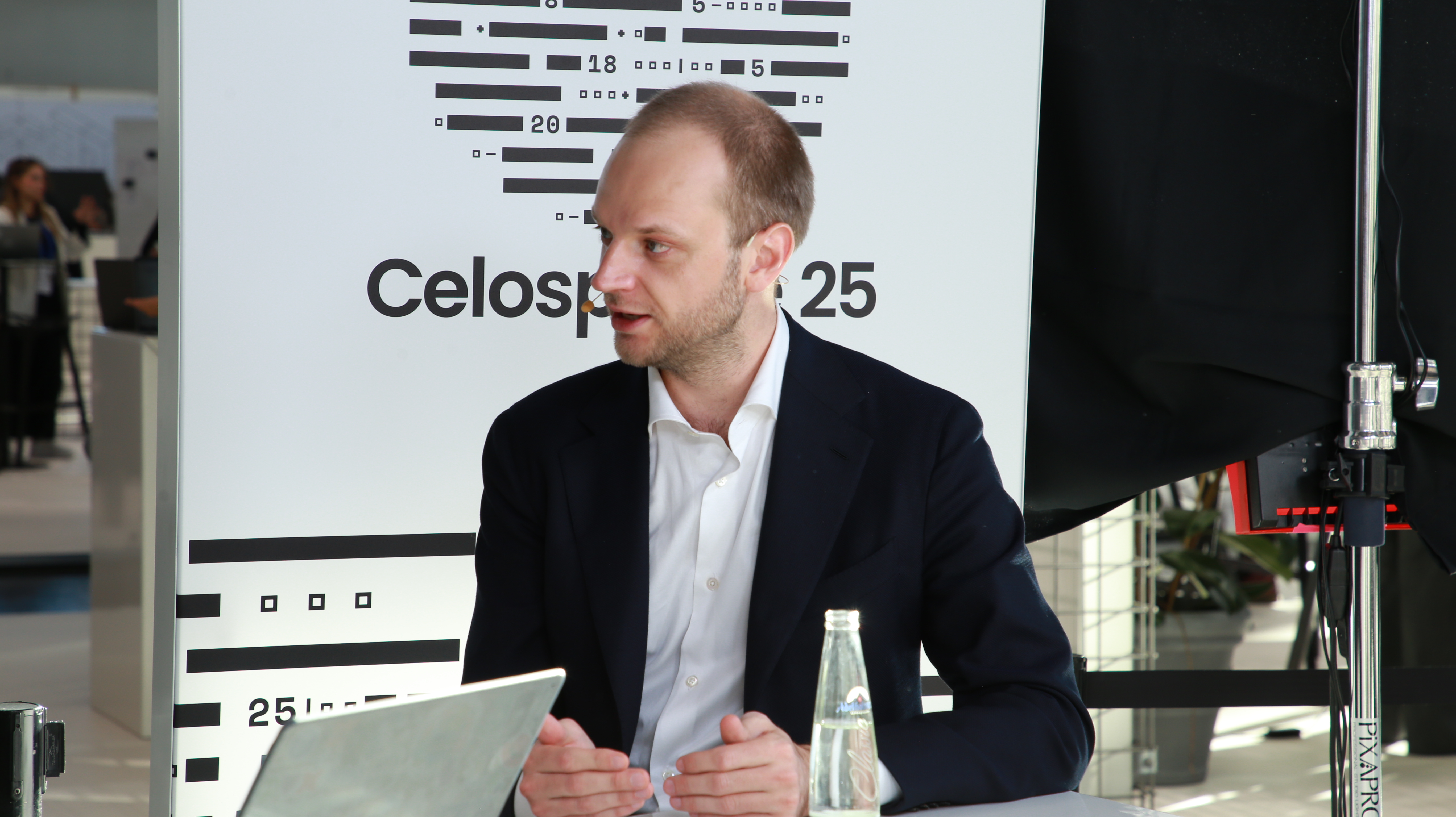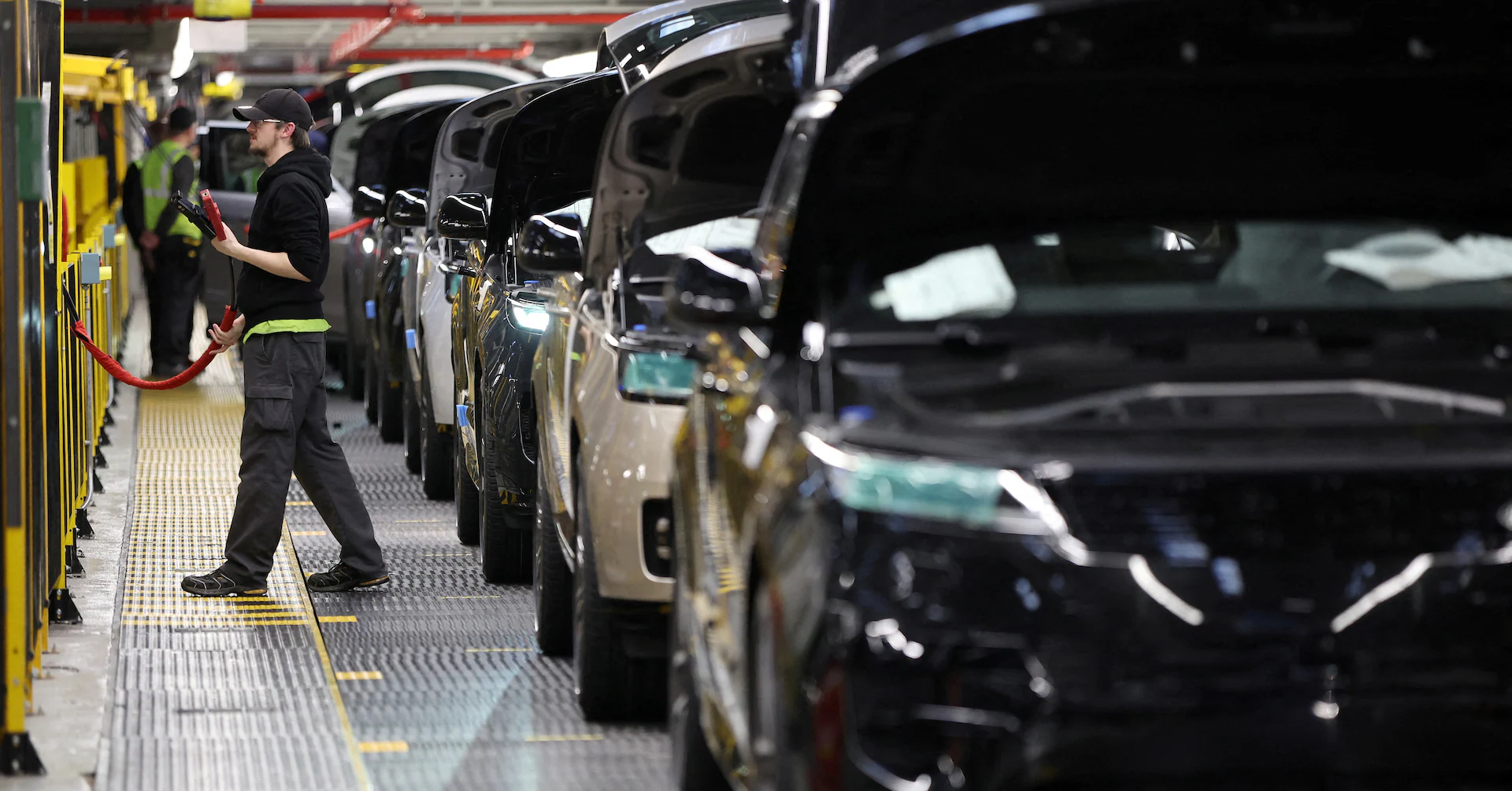Copyright SiliconANGLE News

Composable architecture is becoming the engine of modern enterprise transformation, uniting data, intelligence and agility to make artificial intelligence truly operational. Across industries, companies are reimagining how automation and analytics fit together to achieve measurable business outcomes. The shift from monolithic systems to modular, connected ecosystems is enabling faster adaptation and innovation at scale. It’s a change that’s not just technical, but cultural — one that empowers enterprises to act on intelligence rather than simply collect it. That new mindset has become essential as organizations work to turn AI investments into real business results, according to Alex Rinke (pictured), co-chief executive officer and co-founder of Celonis SE. “When we look at the data, IDC came out with a study that only 11% of companies are getting any type of measurable benefit from the AI investments,” Rinke said. “We all know AI is going to change the world and it’s going to transform our companies. If you just use an AI agent here or there, it’s not really going to move the needle in terms of business outcomes.” Rinke spoke with theCUBE’s Savanah Peterson and Rob Strechay at Celosphere 25, during an exclusive broadcast on theCUBE, SiliconANGLE Media’s livestreaming studio. They discussed how composable architecture is transforming enterprise AI by enabling agility, open ecosystems and faster business innovation. (* Disclosure below.) Building enterprise agility through composable architecture This evolution begins with understanding how work truly happens. Businesses are realizing that AI can’t operate effectively without context — the processes, systems and data that define how organizations run. Composable architecture provides the connective framework to make that understanding possible, bridging automation with actionable insight, Rinke explained. “There’s three things AI needs,” he said. “It needs an understanding of the context of how your business runs. If it doesn’t have that and it doesn’t have that crucial information, it can’t really automate for you. Secondly, it needs to be deployed in the right places strategically because you’re looking at giant organizations. We have a lot of the biggest companies in the world here and they need to deploy in the right places. Three, it needs to work and integrate in your processes to work with everything else that you’re already doing.” The results are already visible across industries. Organizations adopting composable architectures are able to reconfigure operations quickly, test new ideas faster and integrate emerging technologies without disrupting existing systems. These agile designs make enterprises more adaptable and resilient — key advantages in today’s AI-first economy, Rinke noted. “We see tremendous momentum in our AI offerings on top of that. We are doing it in a composable architecture with partnerships,” he said. “We had Uniper and Microsoft on stage yesterday, a really exciting story of how they are transforming operations across maintenance, finance and supply chain … using process intelligence and then Microsoft AI agents on top of that.” Partnerships are a defining element of this new model. By building open ecosystems and zero-copy integrations, enterprises are reducing friction and unlocking new possibilities for collaboration. It’s an approach that prizes interoperability over ownership, allowing innovation to emerge from anywhere within the network. “Customers love to use Databricks, so we have zero-copy integrations. Customers love to use Microsoft,” Rinke added. “We integrate seamlessly with the agentic and Copilot frameworks. We believe that good things grow from open ecosystems.” The impact is tangible. Composable architecture enables enterprises to reinvent mission-critical processes in weeks instead of years, shifting focus from static optimization to continuous reinvention. It’s this dynamic capability — supported by trusted ecosystems and contextual intelligence — that will define the next era of enterprise AI. “It’s about cost, but for many it’s really about growth, because they’re growing fast,” Rinke added. “They’re thinking, ‘How can we get our people more productive and handle more transactions and deliver better service to our customers?’ Celonis is really enabling them to reinvent the entire order to cash experience on a layer that’s decoupled and abstracted from current architecture.” Here’s the complete video interview, part of SiliconANGLE’s and theCUBE’s coverage of Celosphere 25: (* Disclosure: TheCUBE is a paid media partner for Celosphere 25. Neither Celonis, the sponsor of theCUBE’s event coverage, nor other sponsors have editorial control over content on theCUBE or SiliconANGLE.) Photo: SiliconANGLE



